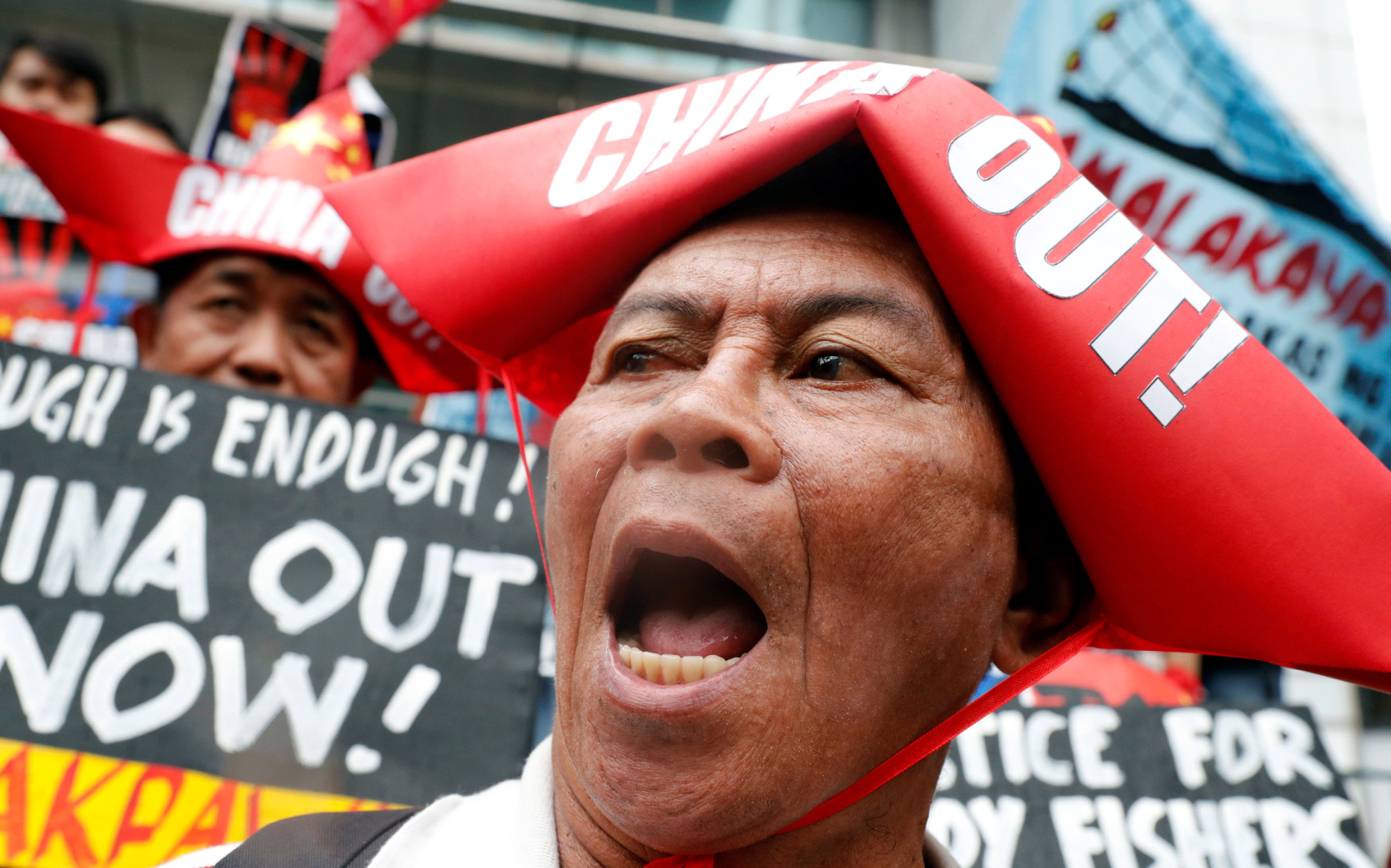With the global geopolitical center of gravity shifting toward Asia, a pluralistic, rules-based Indo-Pacific order is more important than ever, including for America's own global standing. So it was good news when, two years ago, U.S. President Donald Trump began touting a vision of a "free and open" Indo-Pacific, characterized by unimpeded trade flows, freedom of navigation, and respect for the rule of law, national sovereignty and existing borders. Yet, far from realizing this vision, the United States has allowed Chinese expansionism in Asia to continue virtually unimpeded. This failure could not be more consequential.
As with former U.S. President Barack Obama's pivot to Asia, the Trump administration's concept of a free and open Indo-Pacific hasn't been translated into a clear policy approach with any real strategic heft. On the contrary, the U.S. has continued to stand by while China has broken rules and conventions to expand its control over strategic territories, especially the South China Sea, where it has built and militarized artificial islands. China has redrawn the geopolitical map in that critical maritime trade corridor without incurring any international costs.
To be sure, the U.S. has often expressed concern about China's activities, including its ongoing interference in Vietnam's oil and gas activities within that country's own exclusive economic zone. More concretely, the U.S. has stepped up its freedom-of-navigation operations in the South China Sea, and engaged with the region's three largest democracies — Australia, India and Japan — to hold "quadrilateral consultations" on achieving a free, open and inclusive Indo-Pacific. Though the Quad has no intention of forming a military grouping, it offers a promising platform for strategic maritime cooperation and coordination, especially now that its consultations have been elevated to the foreign minister level.



